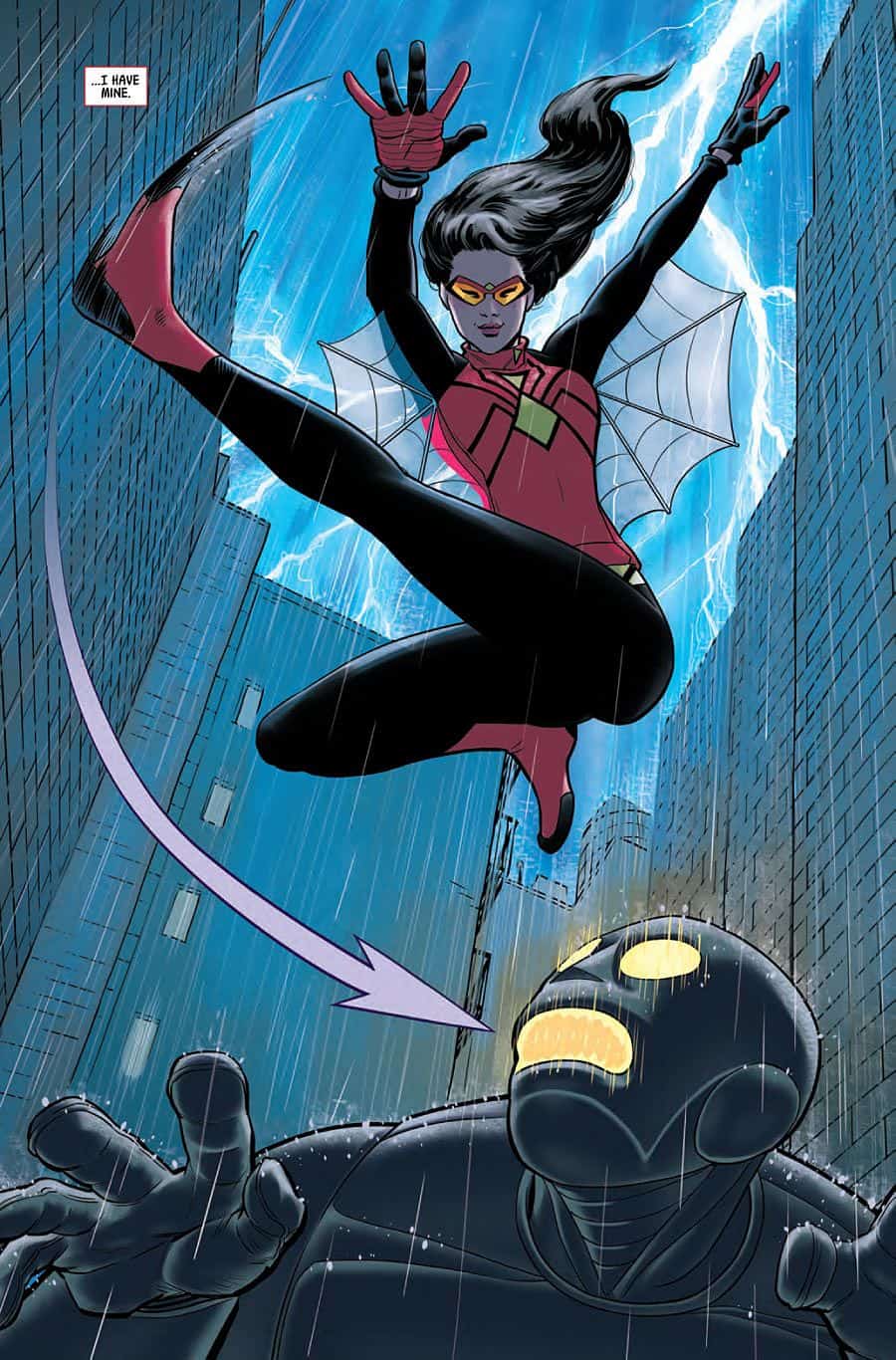It’s no secret that fantasy literature has a diversity problem—the conversation has been nearly constant for the last few years. Thankfully, there’s been a growing influx of new authors bringing fresh perspectives to a genre that had begun to grow stale. These range from New Weird authors like Jeff VanderMeer to more traditional fantasy authors as Saladin Ahmed. Our subject today, Daniel José Older, belongs to the latter category. Older released his debut in February of this year; a critically acclaimed release, my interest was piqued but I never got the incentive to check out the man’s work until now, with the release of his new novel, a young adult effort, titled Shadowshaper.
Shadowshaper is an exciting
new novel to talk about. An urban fantasy, Shadowshaper
rectifies many of the elements I’ve found missing in the urban fantasy subgenre.
The novel is set in Brooklyn, and Older’s Brooklyn feels lived in—it’s not just
a generic area that just happens to hold a secret, it’s filled with multicultural
communities. Older’s protagonist, Sierra Santiago, is a fierce girl of color,
of black and Puerto Rican heritage with a thick Afro that she wears proudly. Her friends
are diverse as well—one is Haitian, another from Martinique of Igbo descent, two are a lesbian couple,
and all are some form of ethnic minority. While Shadowshaper is fundamentally a fantasy adventure, this novel has
relevant themes that are weaved subtly into the tapestry of Older’s world:
police brutality, street harassment, gentrification, internalized racism manifested through colorism, misogyny and homophobia’s
intersection.
Best of all is the world building—rather than fall back on the tried and true masquerade, Older’s magic fits almost perfectly into the society he describes, just as in tune with the communities as the air they breathe. Shadowshaping is such an excellent and visually stunning form of magic, I can just imagine how many people will want to play it in RPGs.
As a novel, it’s solid. The prose
is sharp—descriptive without being flowery. The author does especially well at
describing music, which comes as no surprise due to his own admission on his
website that he is a musician himself. His writing swells but doesn’t overwhelm
the narrative so as to distract from the story.
And a good story it is. While the
sense of place is one of the book’s best elements, Older also writes a
well-paced mystery. Some elements are fairly easy to spot, while others might
require a keen eye to detect. Let it be said that Daniel Older left just enough
clues to keep things exciting, but filled the novel with enough quiet moments
to keep things from feeling overwhelming.
But the heart of the novel is,
unsurprisingly, its characters. Sierra is a lovely protagonist; while less
flawed than the main characters I tend to prefer, she is a proactive heroine who
solves her problems in an intelligent fashion, is proud of herself, and fights
back against injustice that should thrill those that are into that sort of thing.
The novel contains a fairly good villain that serves their narrative purpose. Other
great characters include her conflicted mother, Uncle Neville, Nydia, and
Sierra’s friends Tee, Izzy, and Bennie.
Does it have flaws? Of course—sometimes
Older gets a bit carried away with his descriptions, Sierra reacts just a bit
too well to such traumatic experiences, the romantic subplot between Sierra and
Robbie is contrived and oh so tiring. . . .
Overall, Shadowshaper is a good young adult novel. Young adult has tended
to lose me in recent years due to the overabundance of copycat releases, but I
can say definitively that this novel is perfectly readable for both teenagers
and adults due to its entertainment value and the relevant social commentary
hanging in the background. Recommended.
Score: 4/5





